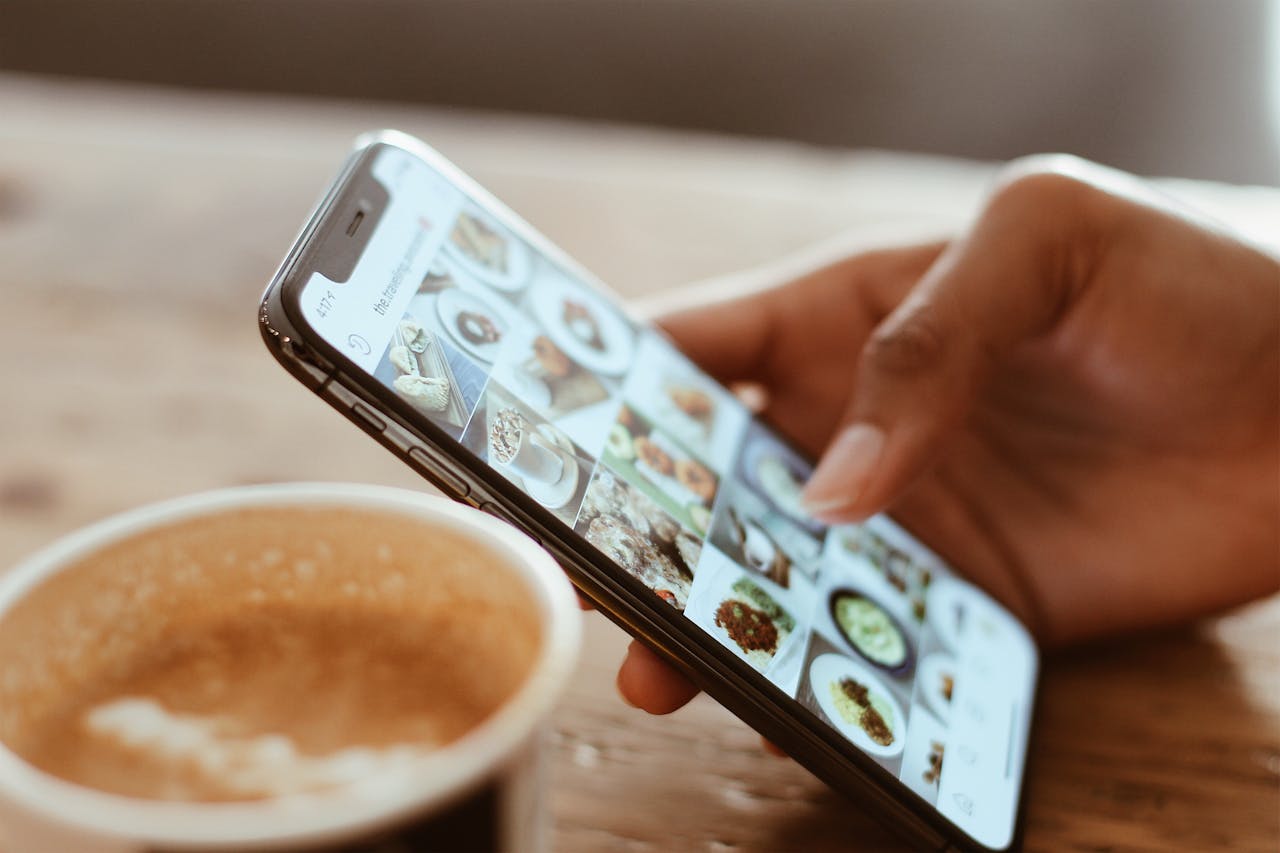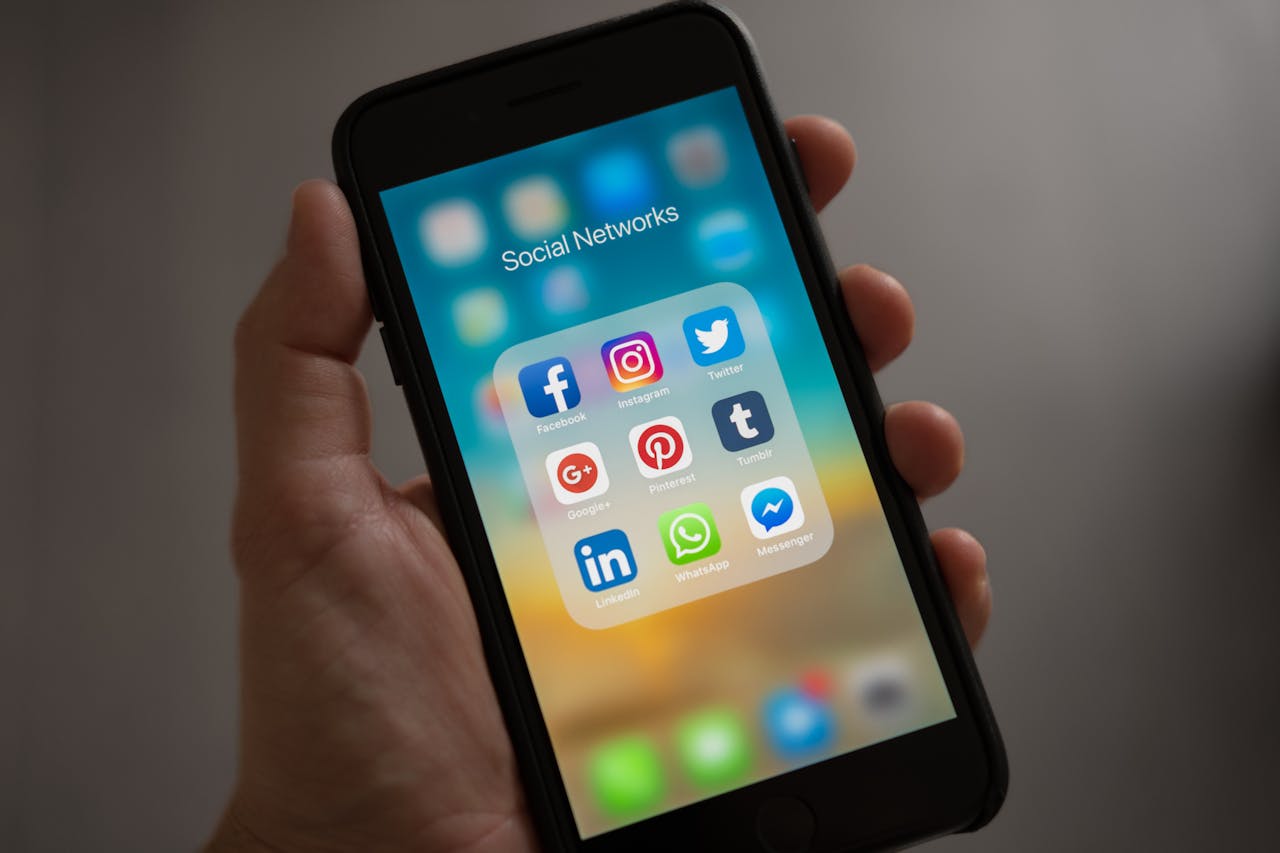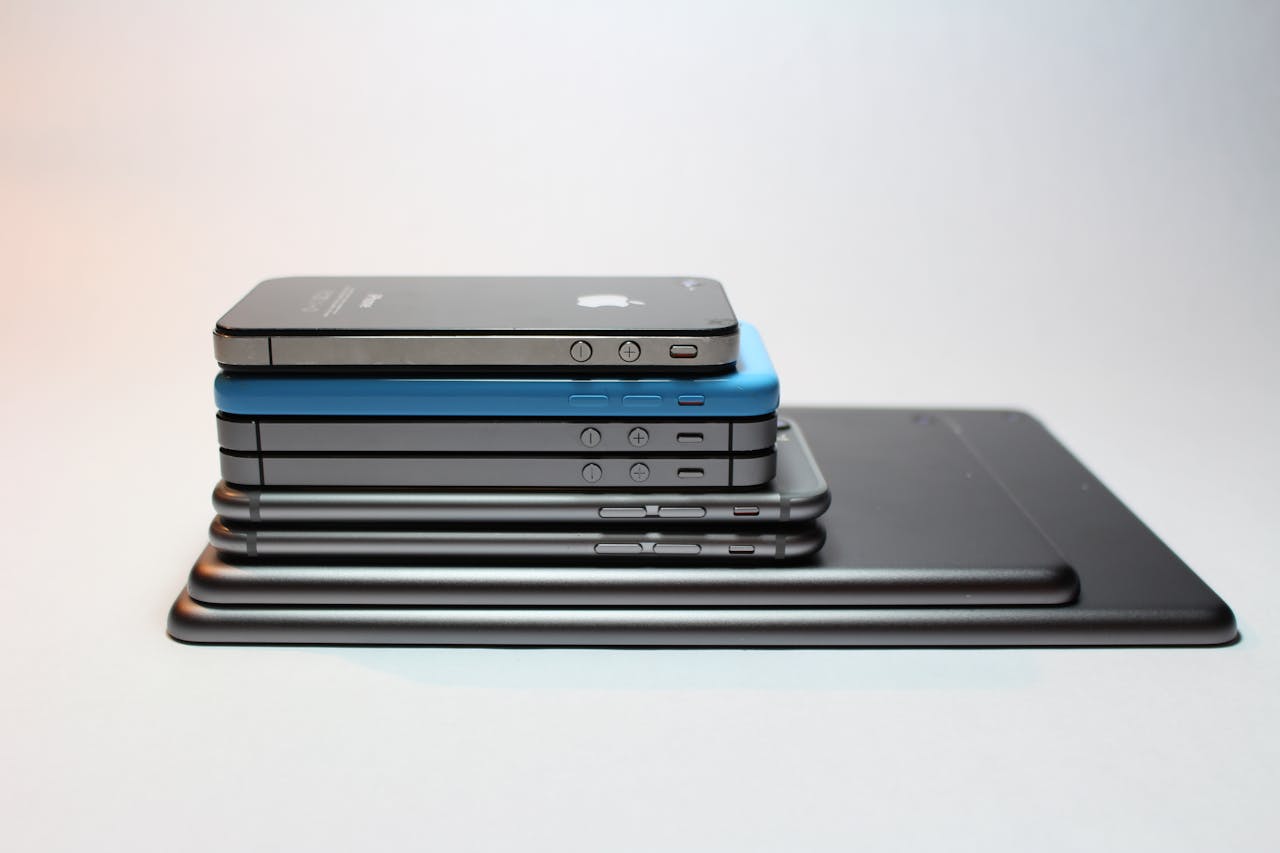The year 2016 witnessed a remarkable surge of innovation in the mobile phone industry, with T-Mobile offering a diverse range of devices that catered to various user preferences and needs. From groundbreaking camera technology to impressively long battery lives and cutting-edge security features, T-Mobile’s lineup included handsets that pushed the boundaries of what consumers expected from their mobile devices. This article will explore some of the top T-Mobile phones from 2016, highlighting their key features and the innovations that set them apart in a competitive market.
Pioneering Camera Capabilities
Samsung Galaxy S7 and S7 Edge
The Samsung Galaxy S7 and S7 Edge were standout models in T-Mobile’s 2016 offerings, primarily due to their advanced camera systems. Both devices featured a 12MP rear camera with Dual Pixel technology, allowing for faster autofocus and better low-light photography. The f/1.7 aperture lens and 1.4µm pixel size on the sensor made these phones excellent for capturing photos in a variety of lighting conditions. These features combined to set a new standard for smartphone photography at the time.
LG G5: Innovative Modular Design
LG’s G5 phone introduced a unique modular approach to camera technology. With the ability to attach various modules, users could enhance the phone’s functionality. One such module was the LG CAM Plus, which provided additional camera controls and boosted the battery life, making the G5 a versatile tool for photography enthusiasts. The G5 also offered a dual-camera setup with standard and wide-angle lenses, giving users creative flexibility in composing their shots.

Long-Lasting Battery Performers
Samsung Galaxy J7
When it came to battery life, the Samsung Galaxy J7 was a workhorse among T-Mobile’s 2016 phone offerings. Equipped with a substantial 3,300mAh battery, the Galaxy J7 allowed users to get through a full day of use with ease. The device also supported Ultra Power Saving Mode, extending the battery life even further by minimizing the use of non-essential functions and apps.
HTC 10: Power and Efficiency
The HTC 10 also impressed users with its battery performance. Featuring a 3,000mAh battery coupled with Quick Charge 3.0 technology, the HTC 10 could charge up to 50% in just 30 minutes. Additionally, the phone’s optimization of power consumption through HTC’s Boost+ app meant that the battery life was not only long but also efficiently managed, ensuring that the device could handle the demands of power users.

Enhanced Security and Privacy Features
Apple iPhone 7 and iPhone 7 Plus
T-Mobile’s iPhone 7 and iPhone 7 Plus took security to a new level with Touch ID, a fingerprint sensor built into the home button that allowed for quick and secure phone unlocking and authorization of transactions. Apple also emphasized privacy with its strong stance on encryption and data protection, making these models appealing to security-conscious customers.
BlackBerry Priv
A Secure Android Experience: The BlackBerry Priv offered a different take on security for Android users. It came with BlackBerry’s DTEK software, which monitored the phone’s security status and alerted users to potential vulnerabilities. In addition, the Priv included a physical keyboard that slid out from beneath the screen, which not only provided a comfortable typing experience but also featured programmable keys for quick access to apps and functions, enhancing both productivity and security.

Cutting-Edge User Interfaces and Experience
Google Pixel and Pixel XL
A Pure Android Experience: Google’s Pixel and Pixel XL phones, available through T-Mobile, provided users with the purest Android experience, free from bloatware and with guaranteed immediate updates to the latest Android versions. The Pixel phones also introduced Google Assistant, a voice-controlled AI system that allowed for natural language interaction, smart home control, and context-aware assistance.
Samsung Galaxy Note7
Advanced Stylus Interaction: Despite its infamous recall due to battery issues, the Samsung Galaxy Note7 was a noteworthy device in terms of user interface innovation. Its S Pen stylus offered features like Air Command, Screen Off Memo, and precise screen selection, making the Note7 highly efficient for multitasking and productivity tasks. Samsung’s focus on stylus integration showcased the potential for alternative input methods on smartphones.

The Rise of Virtual Reality and Water-Resistant Designs
Virtual Reality Integration
In 2016, T-Mobile also embraced the nascent world of virtual reality (VR) through devices like the Samsung Galaxy S7 and S7 Edge, which were compatible with the Samsung Gear VR headset. This integration allowed users to dive into immersive gaming, educational content, and 360-degree video experiences, signaling the growing trend of VR in mobile technology. Manufacturers recognized the potential of VR to revolutionize the way users interact with their phones, extending beyond traditional media consumption into a fully interactive, virtual space.
Water-Resistant Phones
Another significant development in 2016 was the introduction of water-resistant phones, a feature that has since become a standard expectation for flagship devices. The iPhone 7 and iPhone 7 Plus offered IP67 water and dust resistance, allowing them to survive accidental spills, splashes, and even brief submersions in water. Similarly, Samsung’s Galaxy S7 and S7 Edge featured IP68-rated protection, offering peace of mind for users who frequently encountered wet conditions. This move towards water-resistant designs represented a leap forward in durability and functionality, as smartphones became more resilient and adaptable to users’ lifestyles.

Emphasis on User-Centric Design and Accessibility
User-Centric Innovations
One common thread among T-Mobile’s top phones of 2016 was the attention to user-centric design. From the seamless metal and glass construction of the HTC 10, which provided a robust yet elegant feel in hand, to the modular capabilities of the LG G5, which empowered users with customizable features, phone manufacturers pushed the envelope in designing devices that were not only powerful but also personalized to user preferences.
Accessibility Features
In addition to the physical design, accessibility features also received a spotlight in 2016’s devices. For instance, the iPhone 7 series included a range of accessibility options for users with disabilities, such as VoiceOver, which reads the screen aloud, and Switch Control, which allows control of the device with adaptive switches. Android devices like the Google Pixel and Pixel XL also offered robust accessibility settings, including magnification gestures, captioning, and TalkBack screen reading. These features underscored the industry’s commitment to making mobile technology available and usable for all individuals, regardless of their physical capabilities.
The top T-Mobile phones of 2016 showcased an array of features and innovations that catered to a wide range of consumers’ needs, from photography buffs to power users to security enthusiasts. The Samsung Galaxy S7 and S7 Edge redefined mobile photography, while the LG G5 introduced modularity to the camera experience. The Samsung Galaxy J7 and HTC 10 were recognized for their impressive battery performances, while the iPhone 7 series and BlackBerry Priv stood out for their enhanced security features. Google Pixel phones offered a clean Android experience with the introduction of Google Assistant, and the Samsung Galaxy Note7 highlighted the productivity benefits of stylus use. As we look back at these technological advancements, it’s clear that 2016 was a year of significant growth and diversity in the mobile phone market, with T-Mobile at the forefront of providing innovative solutions to its customers.